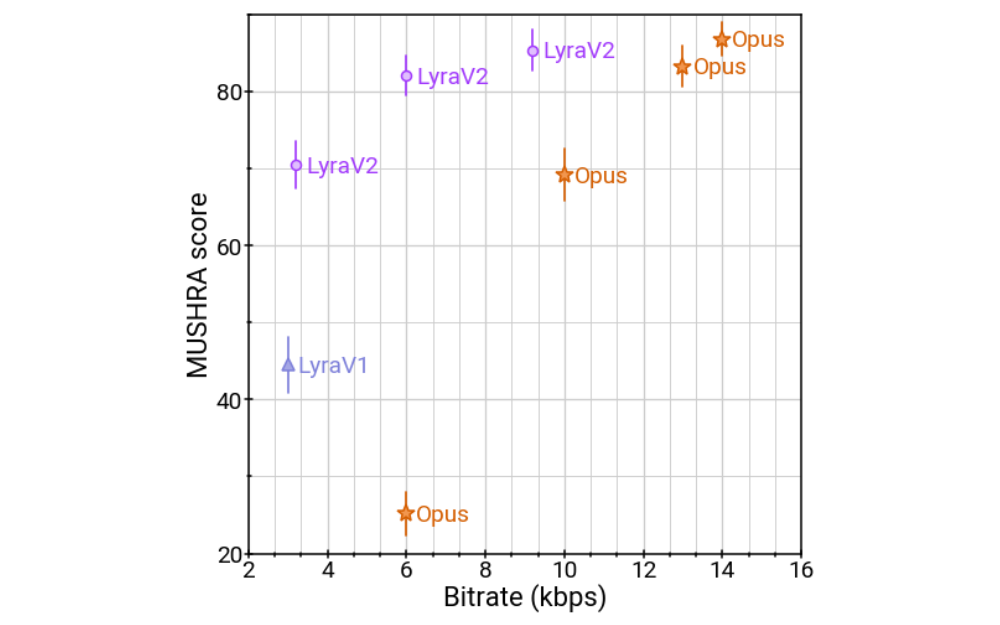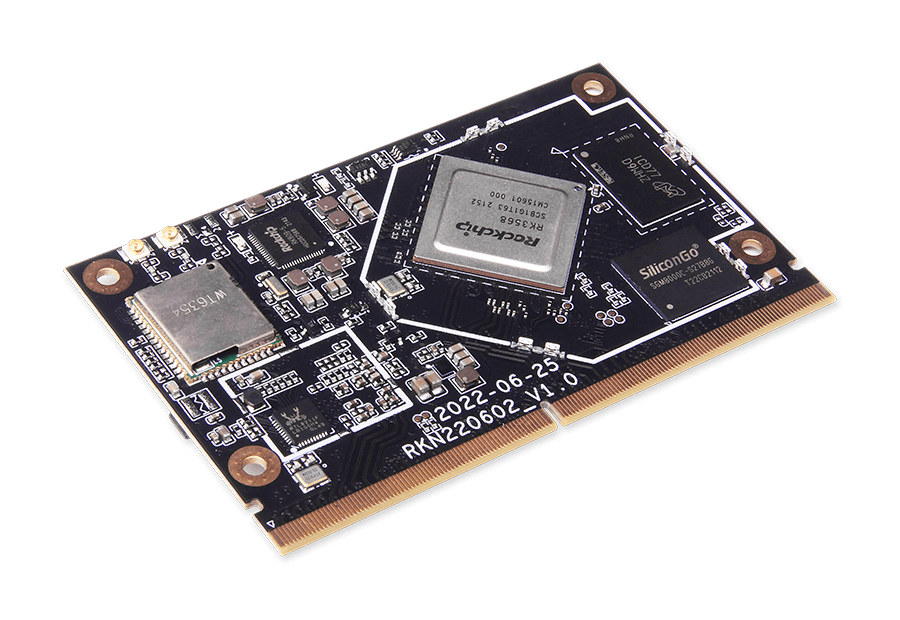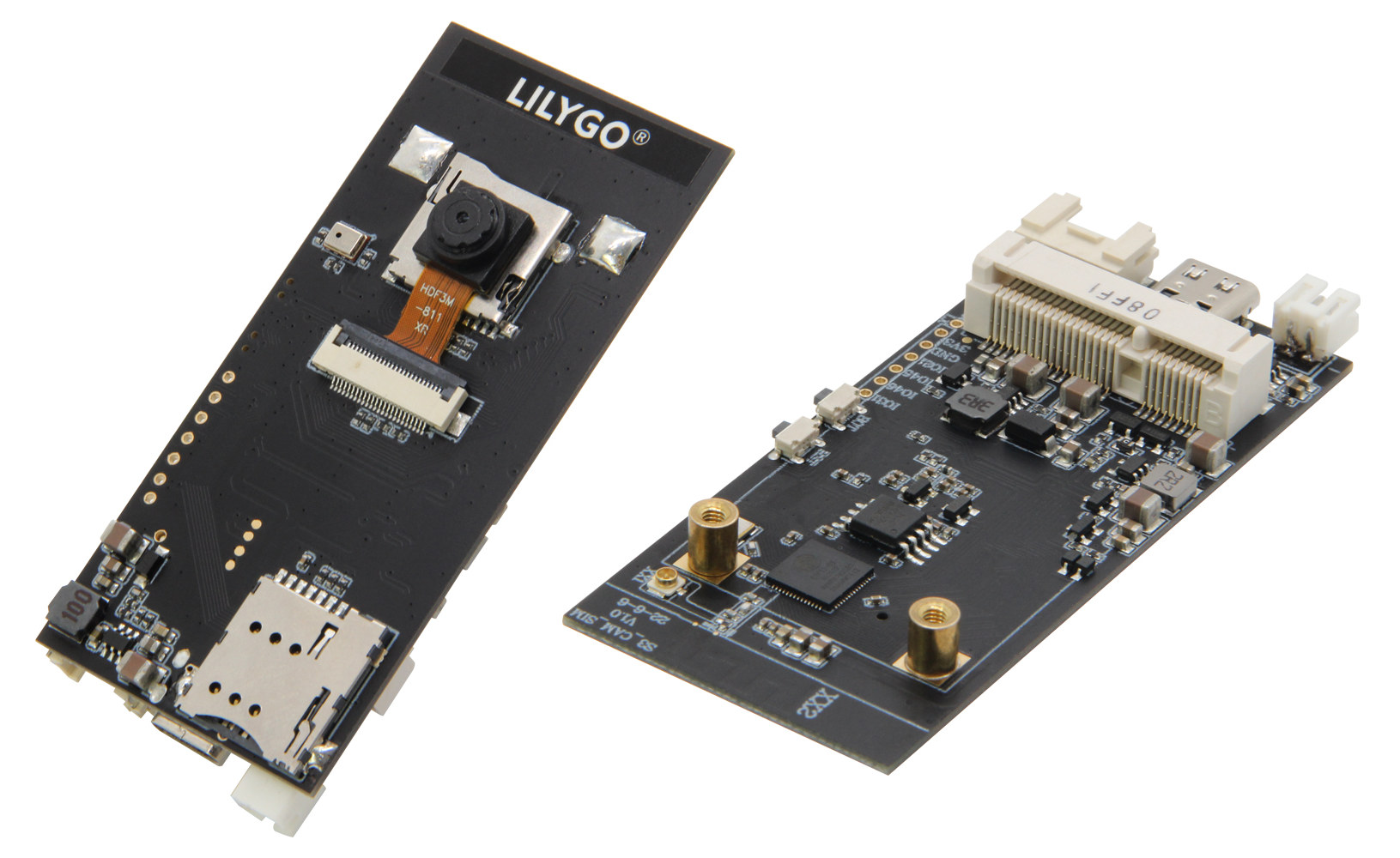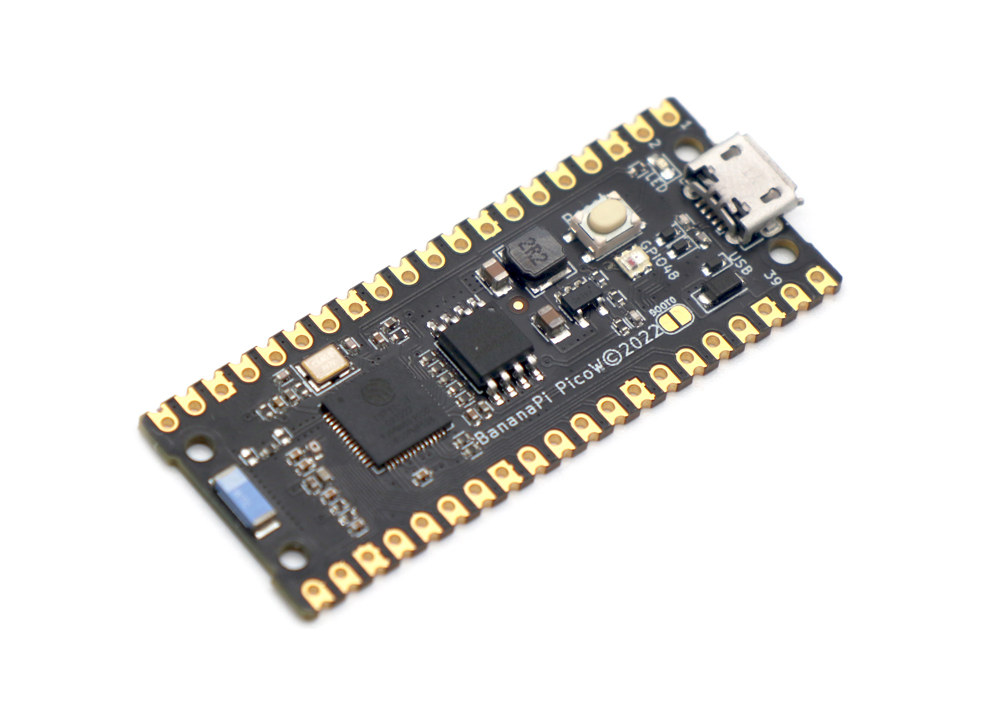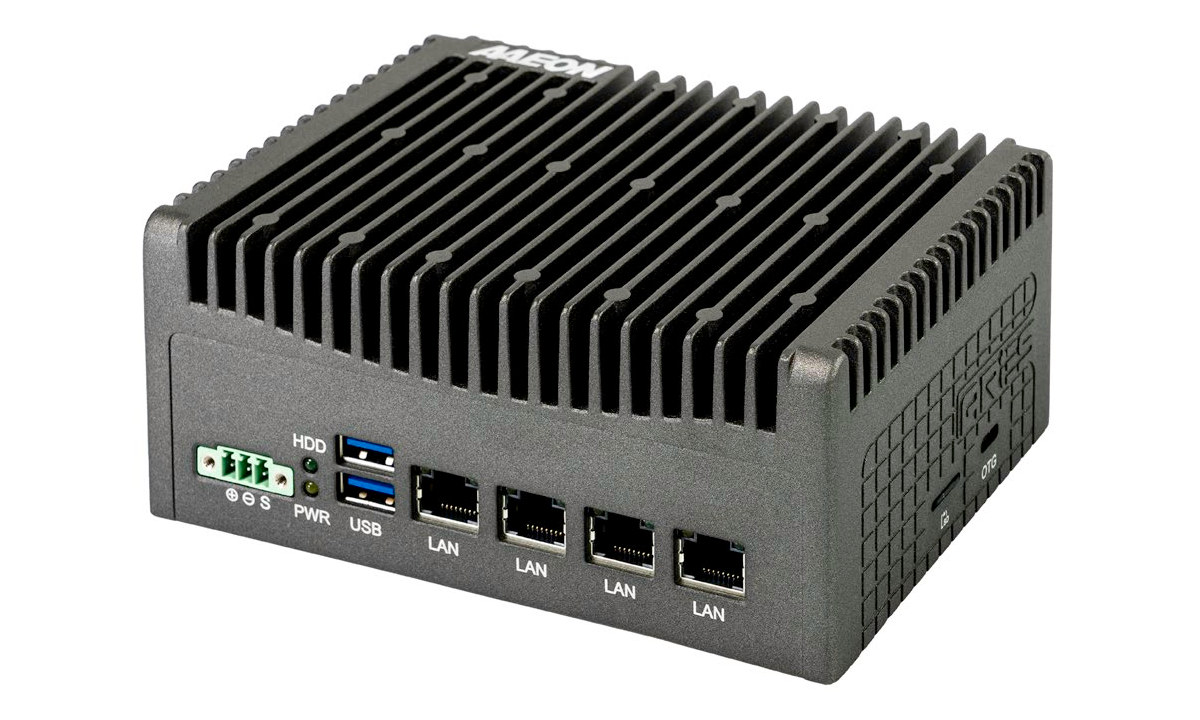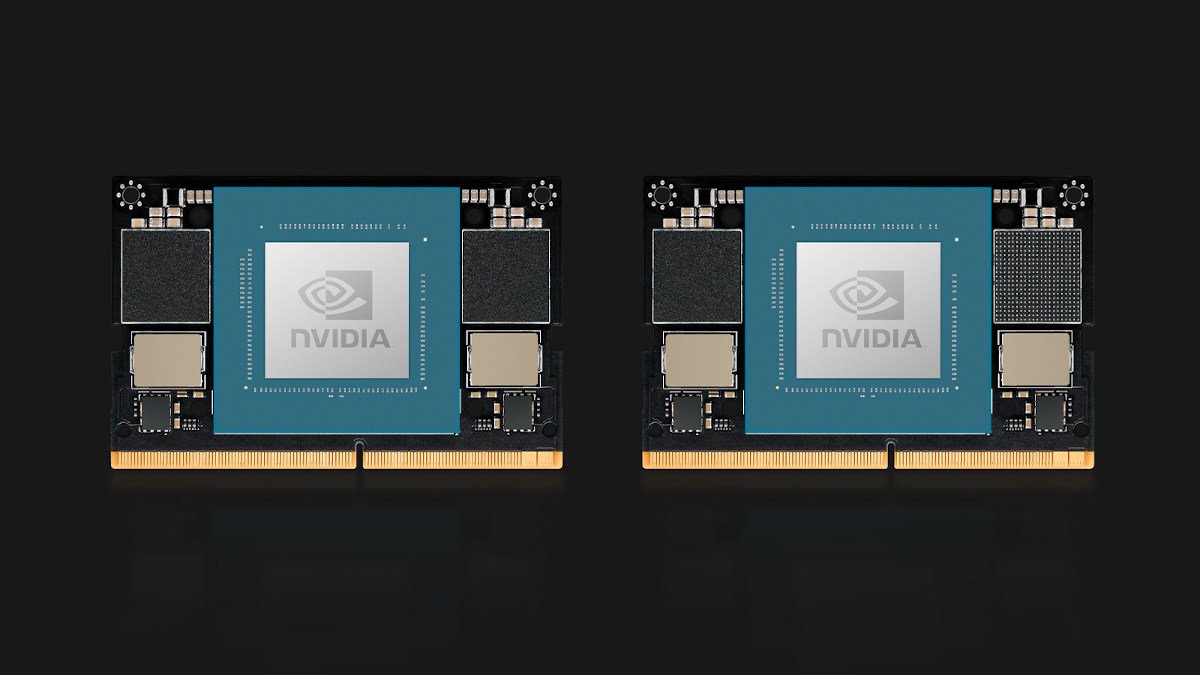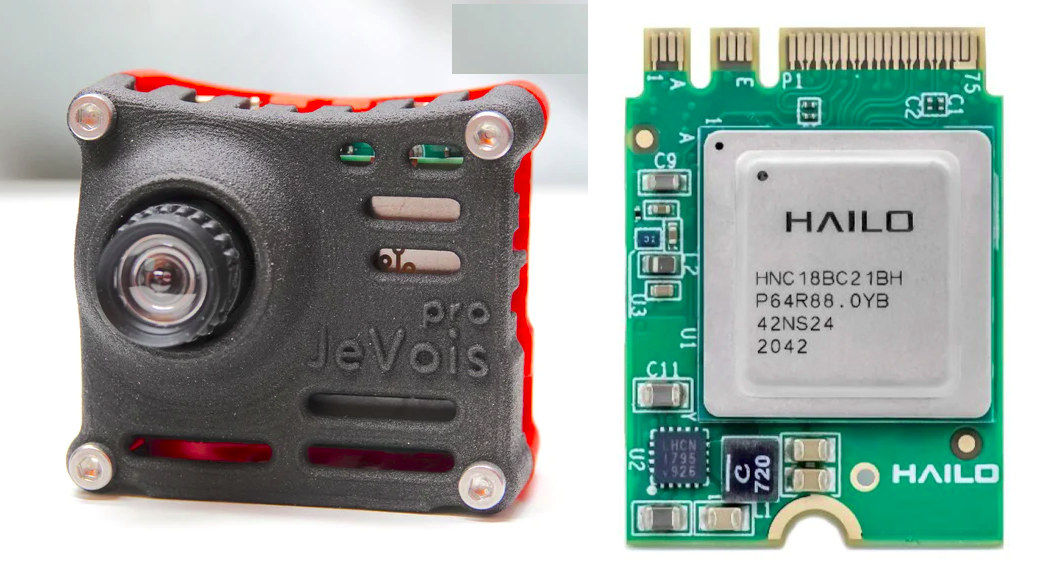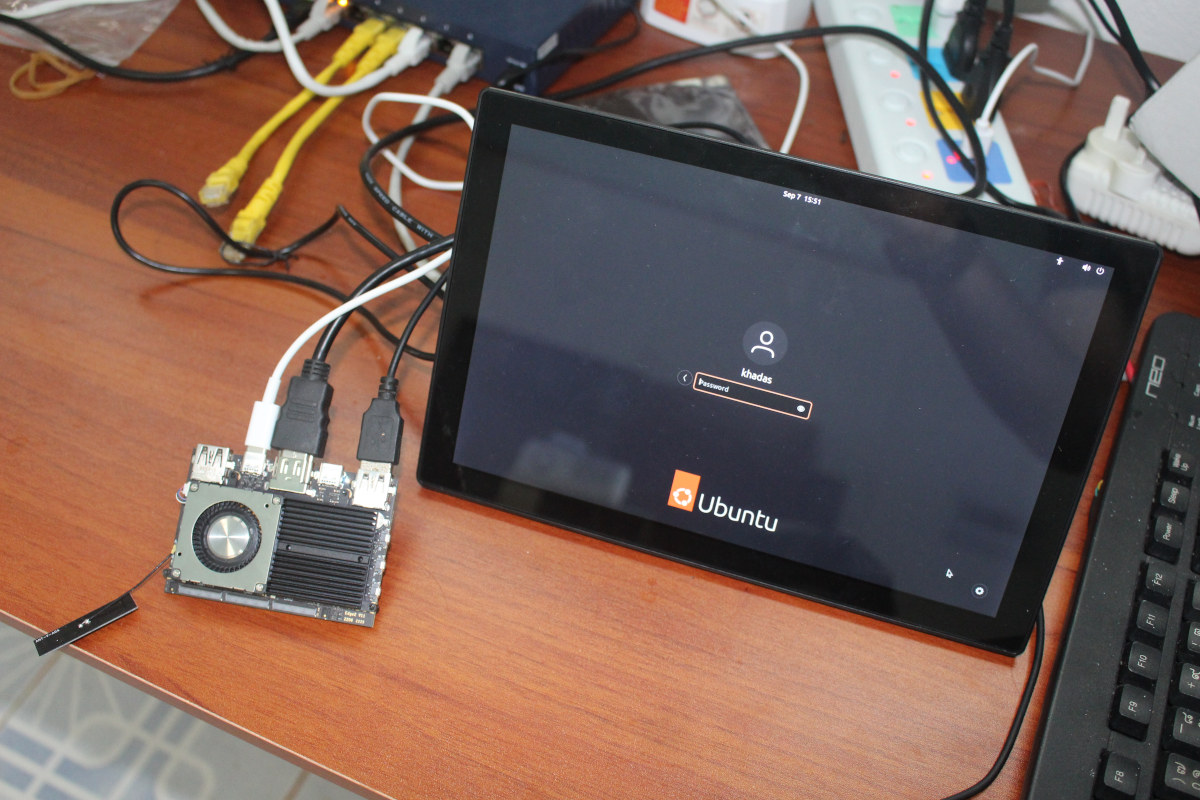Lyra V2 is an update to the open-source Lyra audio codec introduced last year by Google, with a new architecture that offers scalable bitrate capabilities, better performance, higher quality audio, and works on more platforms. Under the hood, Lyra V2 is based on an end-to-end neural audio codec called SoundStream with a “residual vector quantizer” (RVQ) sitting before and after the transmission channel, and that can change the audio bitrate at any time by selecting the number of quantizers to use. Three bitrates are supported: 3.2 kps, 6 kbps, and 9.2 kbps. Lyra V2 leverages artificial intelligence, and a TensorFlow Lite model enables it to run on Android phones, Linux, as well as Mac and Windows although support for the latter two is experimental. iOS and other embedded platforms are not supported at this time, but this may change in the future. It gets more interesting once we start to […]
Geniatech unveils SMARC 2.1 compliant Rockchip RK3568 system-on-module
We’ve seen Rockchip RK3568 system-on-modules before, but the Geniatech SOM-3568-SMARC core board is the first to comply with the SMARC 2.1 standard with a 314-pin MXM connector exposing the many I/Os from the quad-core Cortex-A55 processor. The module comes with up to 8GB RAM, 128GB eMMC flash, integrates a WiFi and Bluetooth module as well as two Gigabit Ethernet transceivers, and is designed to be used in advanced NVRs, cloud terminals, industrial automation, IoT applications, digital signage, and more. Geniatech SOM-3568-SMARC specifications: SoC – Rockchip RK3568 quad-core Cortex-A55 processor @ 2.0 GHz with Arm Mali-G52 2EE GPU with support for OpenGL ES 1.1/2.0/3.2, OpenCL 2.0, Vulkan 1.1, 1 TOPS NPU for AI acceleration, 4Kp60 H.265/H.264/VP9 video decoding, and 1080p100 H.265/H.264 video encoding; 22nm process System Memory – 2GB, 4GB or 8GB DDR4 Storage – 32GB, 64GB, or 128GB eMMC 5.1 flash Networking 2x RTL8211F Gigabit Ethernet PHY WT6354 wireless module […]
LiLyGo T-SIMCAM ESP32-S3 camera development board supports optional 4G LTE connectivity
ESP32-S3 has been in the news recently and we just wrote about the Bee S3 and BPI-PicoW-S3 boards yesterday, but there’s more, and LilyGo T-SIMCAM ESP32-S3 is another interesting ESP32-S3 board with a 2MP camera as well as support for an optional 4G LTE module. The board can make use of the AI capabilities from the ESP32-S3 microcontroller through the built-in camera and microphone and offers two options for power with 5V through a USB Type-C port, as well as a 2-pin JST connector for connecting a battery. T-SIMCAM ESP32-S3 CAM board specifications: Wireless MCU – ESP32-S3R8 dual-core Xtensa LX7 microcontroller with WiFi 4 and Bluetooth 5.0 LE and Mesh connectivity with 8MB PSRAM Storage – 16MB QSPI flash, MicroSD card socket Camera – 2MP OV2640 camera with 1622×1200 resolution Audio – I2S digital microphone Connectivity – Optional NB-IoT, 2G GSM, or 3G/4G LTE module via mPCIe socket and SIM […]
$5.5 Banana Pi BPI-PicoW-S3 ESP32-S3 board follows Raspberry Pi Pico W form factor
Banana Pi’s BPI-PicoW-S3 is a development board following the Raspberry Pi Pico W form factor, but based on Espressif System ESP32-S3 dual-core microcontroller offering both WiFi 4 and Bluetooth LE connectivity. The Raspberry Pi SBCs have inspired many designs, but the Raspberry Pi Pico MCU boards less so. So far, I had only seen the WeAct RP2040 board with the same layout except for a USB Type-C port and a 16MB flash. But the Banana Pi BPI-PicoW-S3 provides a direct alternative to the Raspberry Pi Pico W with a more powerful microcontroller, vector instructions for AI acceleration, BLE, and about the same price at $5.5 plus shipping. Let’s see how the BPI-PicoW-S3 specifications compare to the ones of the Raspberry Pi Pico W in the table below. While the power signal (5V, 3.3V, GND) and GPIO numbers are the same on both boards, there are a few variations here and […]
AAEON ARES-500AI embedded box PC features 22 TOPS Huawei Atlas 200 AI accelerator module
ARES-500AI is another embedded box PC from AAEON, but instead of the usual Intel or NVIDIA Jetson accelerators, it integrates a Huawei Atlas 200 AI accelerator module based on the Ascent 310 chip delivering up to 22 TOPS of AI performance and is designed for the Chinese market. The Linux computer supports up to 8GB RAM, SSD and MicroSD storage, and is equipped with four Gigabit Ethernet ports, some USB 3.0 ports, but somehow no video output port. Designed for industrial computer vision applications, the system supports a wide 9V to 36V power input. ARES-500AI Specifications: AI module – Huawei Atlas 200 based on Ascend 310 with 22/16/8 TOPS INT8, 11/8/4 TFLOPS FP16 System Memory – 4GB or 8GB LPDDR4X Storage – SSD and microSD card sockets Video decoding H.265 & H.264 up to 16 channels @ 1080p30, up to 2 channels @ 4Kp60 JPEG decoding up to 1080p […]
$199+ NVIDIA Jetson Orin Nano system-on-module delivers up to 40 TOPS
NVIDIA Jetson Orin Nano system-on-module (SoM) is an update to the Jetson Nano entry-level Edge AI and robotics module that delivers up to 40 TOPS of AI performance, meaning it’s up to 80 times faster than the original module. The new SoM features an hexa-core Arm Cortex-A78AE processor, an up to 1024-core NVIDIA Ampere architecture GPU with 32 Tensor cores, up to 8GB RAM, and the same 260-pin SO-DIMM connector found in the Jetson Orin NX modules. Two versions are offered with the following specifications: That means the Jetson Orin family has now six modules ranging from 20 TOPS to 275 TOPS. There’s no specific development kit for the Jetson Orin Nano SoM since it can be emulated on the NVIDIA Jetson AGX Orin developer kit, and supported by the JetPack 5.0.2 SDK based on Ubuntu 20.04. NVIDIA has tested some dense INT8 and FP16 pre-trained models from NGC and […]
JeVois-Pro ultra-compact deep learning camera gets 26 TOPS Hailo-8 AI accelerator
JeVois-Pro tiny AI camera was introduced last year with an Amlogic A311D processor with a built-in 5 TOPS NPU, and support for an Intel Myriad X or Google Edge TPU M.2 card all that in a compact 50x50x45 mm box. The company has now managed to get hold of some M.2 A+E 2230 Hailo-8 modules delivering up to 26 TOPS of AI performance and is selling for JeVois-Pro ultra-compact deep learning camera with the Hailo-8 accelerator for $599 delivering up to 31 TOPS once we include the built-in 5 TOPS NPU. I won’t go through the full specifications again, but in a nutshell, that’s a camera designed for robotics projects, powered by an Amlogic A311D hexa-core Cortex-A73/A53 processor with 4GB RAM, a microSD card socket for the OS and data, and a 2MP Sony IMX290 Starvis sensor. Since the system is quite compact and the AI accelerator fairly powerful, […]
Khadas Edge2 Pro review – A Rockchip RK3588S SBC tested with Ubuntu 22.04
We’ve had a sample of the Khadas Edge2 single board computer powered by Rockchip RK3588S octa-core Cortex-A76/A55 processor for a couple of weeks, and now that the board is officially launched we can post our review of the board with Ubuntu 22.04, and we’ll check out Android 12 later on. Khadas Edge2 Pro accessories The Khadas Edge2 comes in two variants: Basic and Pro, We received the Edge2 Pro SBC with 16GB RAM and 64GB flash that ships with two WiFi antennas by default, but the company also sent a low-profile fansink and thermal pad for cooling that in theory would be optional, but in practice, it is required as while the board runs fairly cool considering the performance it brings, it still needs a heatsink to prevent overheating and throttling. The fan may not really be necessary though as we’ll see below. I’d recommend installing the antennas before the […]


